The problem of the banking system is governance, so according to the National Assembly delegate, it is necessary to identify the real "owner" of the bank to prevent and handle cross-ownership and manipulation.
On the afternoon of November 23, the National Assembly discussed the Law on Credit Institutions (amended). Ways to reduce cross-ownership, manipulation and domination of the banking system received many suggestions from delegates.
According to the draft Law on Credit Institutions (amended), the share ownership ratio for individual shareholders is proposed to be kept as current, that is 5%. The limit for institutional shareholders (including the number of shares that such shareholders indirectly own) is reduced from 15% to 10%; for shareholders and related persons is reduced from 20% to 15%.
Referring to the case of Saigon Bank - SCB, Mr. Trinh Xuan An, a member of the National Defense and Security Committee, acknowledged that cross-ownership, control, and manipulation are very sophisticated and often invisible tricks. He commented that the regulations in the draft on reducing ownership ratios, tightening credit limits, and expanding the number of people who are not allowed to hold positions are tangible measures.
"Using tangible tools to deal with the invisible will not be effective. The problem of the current banking system is governance, so it is necessary to determine which individuals and organizations are the real owners of the bank to prevent cross-ownership and manipulation," said Mr. Trinh Xuan An.
In fact, the percentage of individuals and organizations holding shares in banks or borrowing capital can be easily counted and monitored. However, the real owners who hold controlling power do not appear on the records if they ask or hire someone to hold shares on their behalf or set up "ghost" businesses to borrow capital.
For example, according to the latest conclusion of the investigation agency ( Ministry of Public Security ) at Saigon Bank (SCB), the records only show that Ms. Truong My Lan holds 4.98% of the charter capital. But in reality, Ms. Lan owns more than 91% of the bank's shares through 27 legal entities and individuals, as of October 2022. From 2012 to 2022, over 90% of SCB's outstanding loans flowed to Ms. Lan's group through thousands of "ghost" companies that were set up.
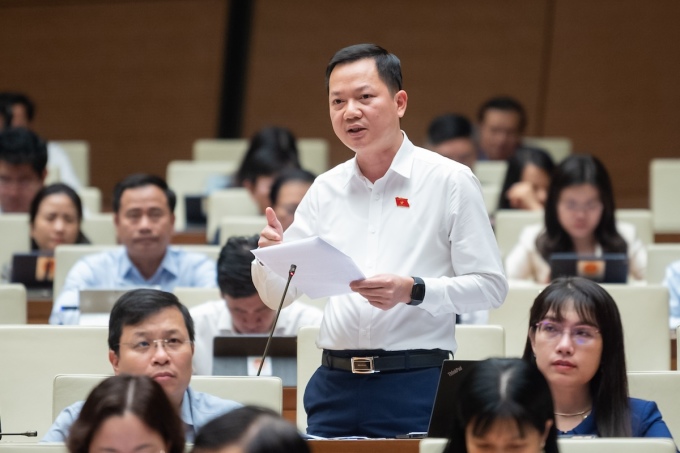
Mr. Trinh Xuan An, full-time member of the National Defense and Security Committee, commented on the draft Law on Credit Institutions (amended) on the afternoon of November 23. Photo: National Assembly Media
Mr. Pham Van Hoa shared the view that a "fence" is needed to prevent cross-ownership and bank manipulation. However, this Dong Thap province delegate noted that it is necessary to monitor cases where the "owner" of a bank is a large enterprise, to avoid a situation like that of SCB Bank. Accordingly, people's deposits in banks do not reach those who need to borrow, while major shareholders and bank owners have easy access.
"Reducing ownership ratios and tightening credit are necessary, but more importantly, we must deal with the situation of the 'boss' behind the bank. If we do not prevent it in time, there is a possibility of another SCB happening," Mr. Hoa worried.
In this aspect, Ms. Nguyen Thi Viet Nga, Deputy Head of the Hai Duong Province delegation, stated that in reality, there is a phenomenon of concentrating too much lending on a small number of customers or lending to "backyard" businesses, so it is necessary to amend regulations to tighten ownership ratios and credit limits for customers.
However, Ms. Nga is concerned that immediately reducing the credit limit will have a sudden impact on the operations of banks and capital concentrated on a group of customers. Therefore, she suggested that a roadmap is needed to reduce the capital ownership ratio and outstanding credit loans.
To completely handle cross-ownership and domination in banks , Mr. Trinh Xuan An suggested that the draft law should supplement regulations on information transparency of individuals and organizations that are shareholders of commercial banks, instead of reducing the ownership ratio, and determine the obligation to disclose information to shareholders and related groups that own shares of the bank above a specific level. At the same time, it is necessary to control cash flow and capital contribution sources through non-cash payment mechanisms and apply personal data control.
"Cash flow does not come naturally, it must come from somewhere, from which individual. The case of Van Thinh Phat gives us experience," he said and recommended maintaining the current regulations on ownership ratio and credit limit. That is, the maximum ownership ratio of individual shareholders at a bank is 5%; shareholders and related persons 20% and organizations 15%.
According to him, reducing these rates could lead to unnecessary disruption to the economy and banking system, when good projects need capital but cannot borrow because the credit limit is reduced.
Regarding the story of "having someone else stand in the bank's name", the draft adds regulations on the obligation of shareholders not to contribute capital or buy shares of a credit institution under the name of an individual or legal entity, except in the case of entrustment (point c, clause 1, Article 62).
Explaining later, State Bank Governor Nguyen Thi Hong said that the issuance of regulations to tighten the ownership ratio of shareholders and related parties or reduce outstanding credit balances is the basis for handling violations. In reality, it is difficult to thoroughly handle cross-ownership and domination in banks with just these regulations; the important thing is to organize implementation, according to the State Bank Governor.
She analyzed that the regulation on the ownership ratio of individuals is 5%, but if shareholders intentionally ask others to stand in their names, it is very difficult to handle the manipulation. "Therefore, it is necessary to have close coordination between the banking industry and ministries and sectors, such as having a business and individual information system to verify who they are and how they are related to the borrowing business," Ms. Hong shared.
However, Mr. Trinh Xuan An commented that this regulation is not specific, making it difficult to identify what constitutes capital contribution or purchase of shares of a credit institution under the name of another individual or legal entity. "What is the basis and method for prevention, especially in the face of the 'ecosystem' matrix created by 'bosses' or 'madams' to control banks?", he questioned.
However, Mr. Trinh Xuan An said that Vietnam currently has about 50 large and small banks. There are banks with good health but there are also weak banks that should be dealt with.
"Is such a large amount of data necessary? A small but sophisticated and strong system is better for the economy," a member of the National Defense and Security Committee commented, and suggested not passing this law at the 6th session.
Due to many different opinions, Vice Chairman of the National Assembly Nguyen Khac Dinh requested the Economic Committee and Government agencies to absorb, revise and complete the draft law, to submit to the National Assembly for consideration and approval at the nearest session.
Source link







![[Photo] General Secretary To Lam attends the 80th anniversary of Vietnam's diplomacy](https://vstatic.vietnam.vn/vietnam/resource/IMAGE/2025/8/25/3dc715efdbf74937b6fe8072bac5cb30)
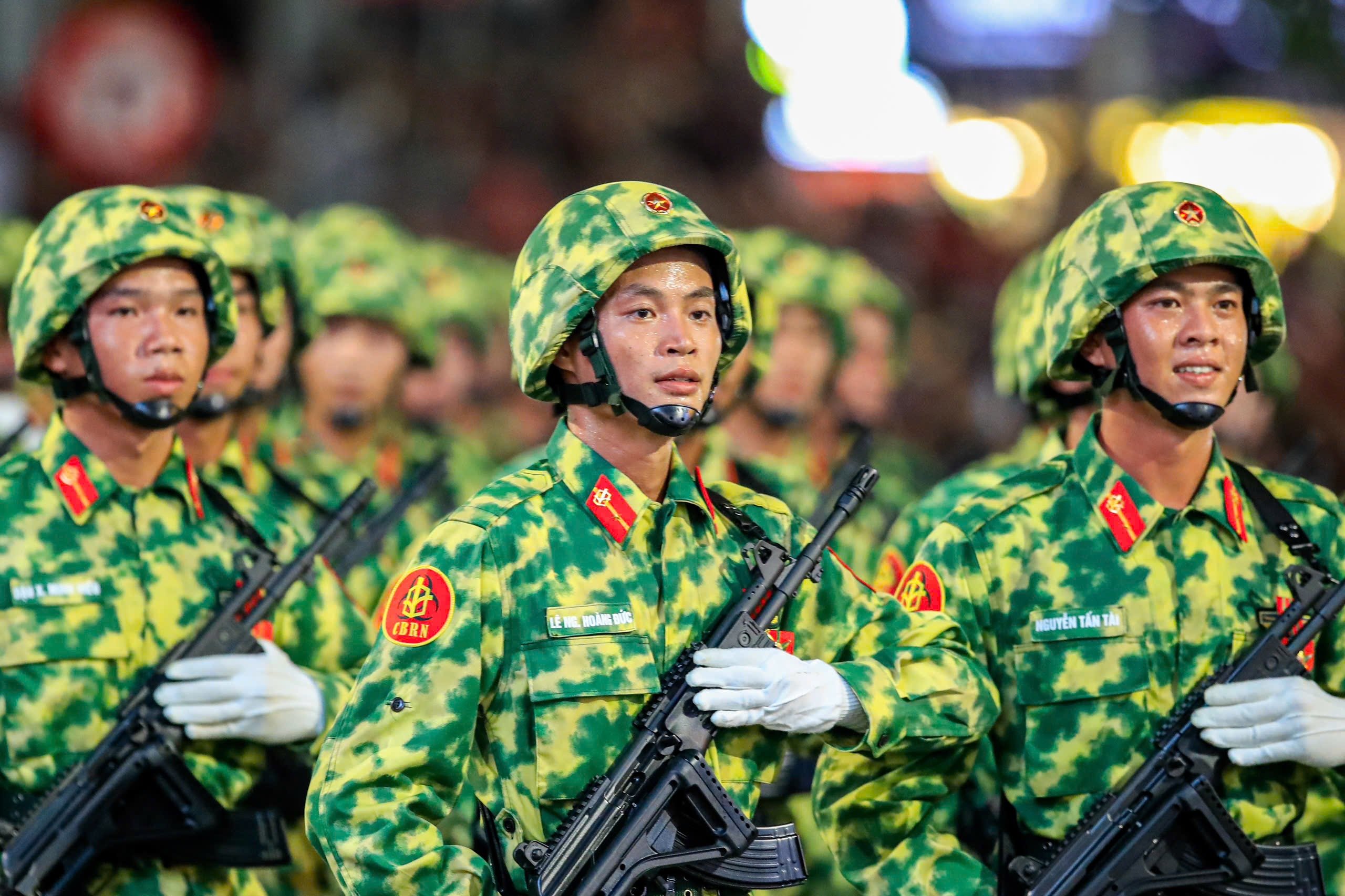
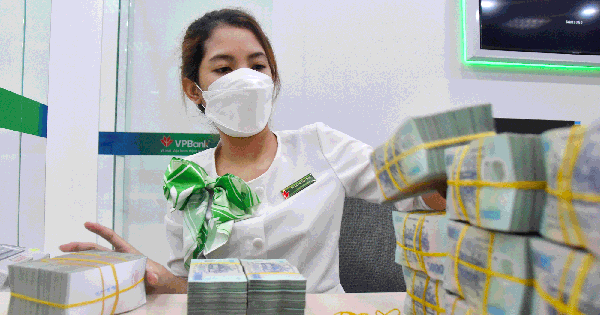



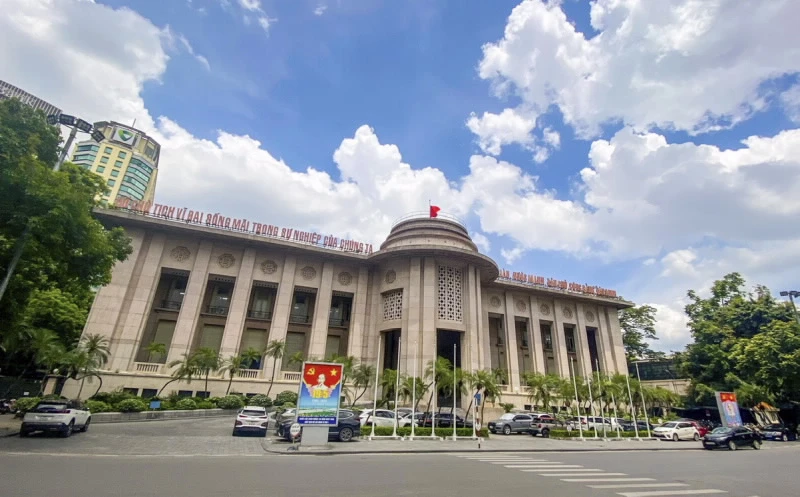


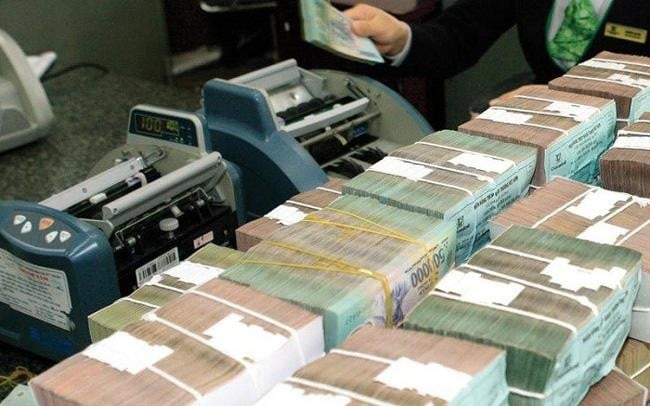
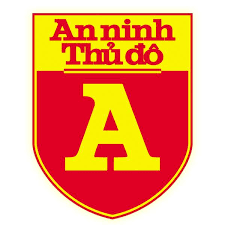

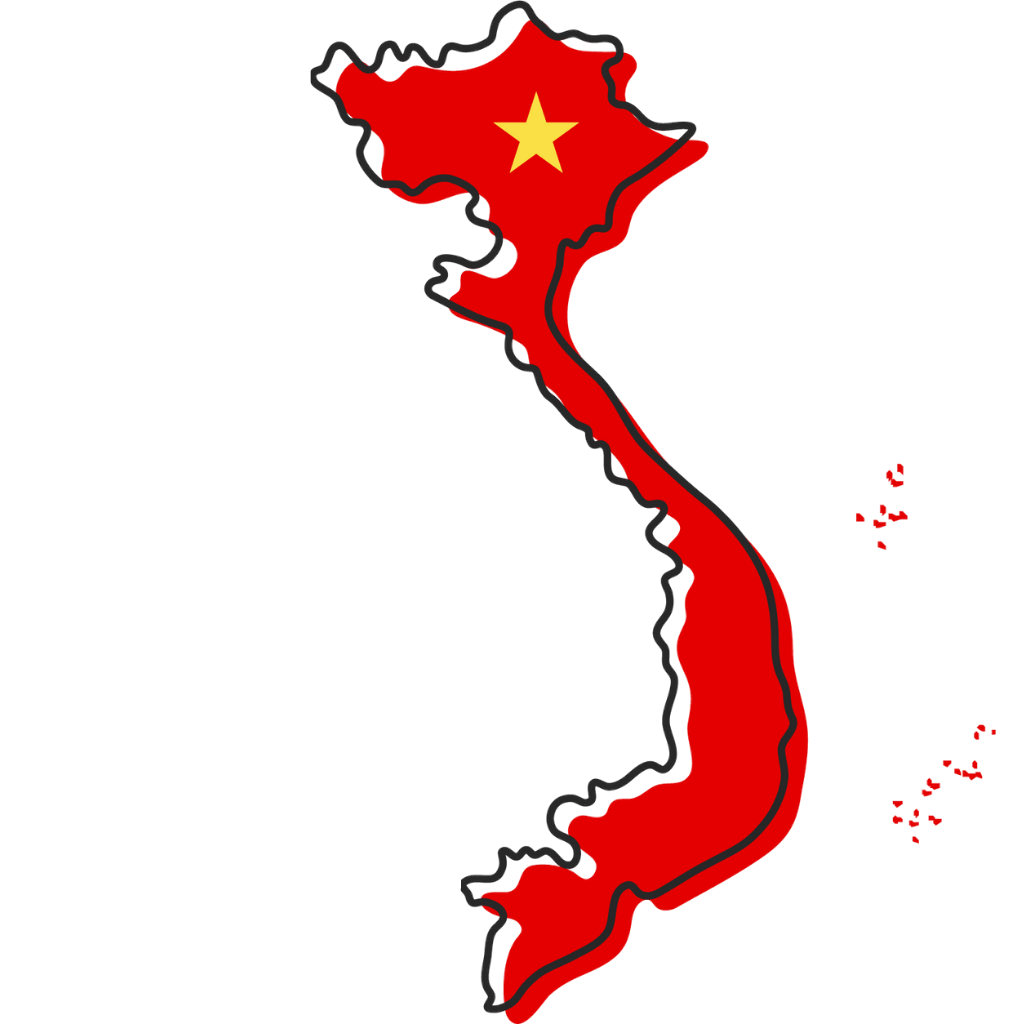




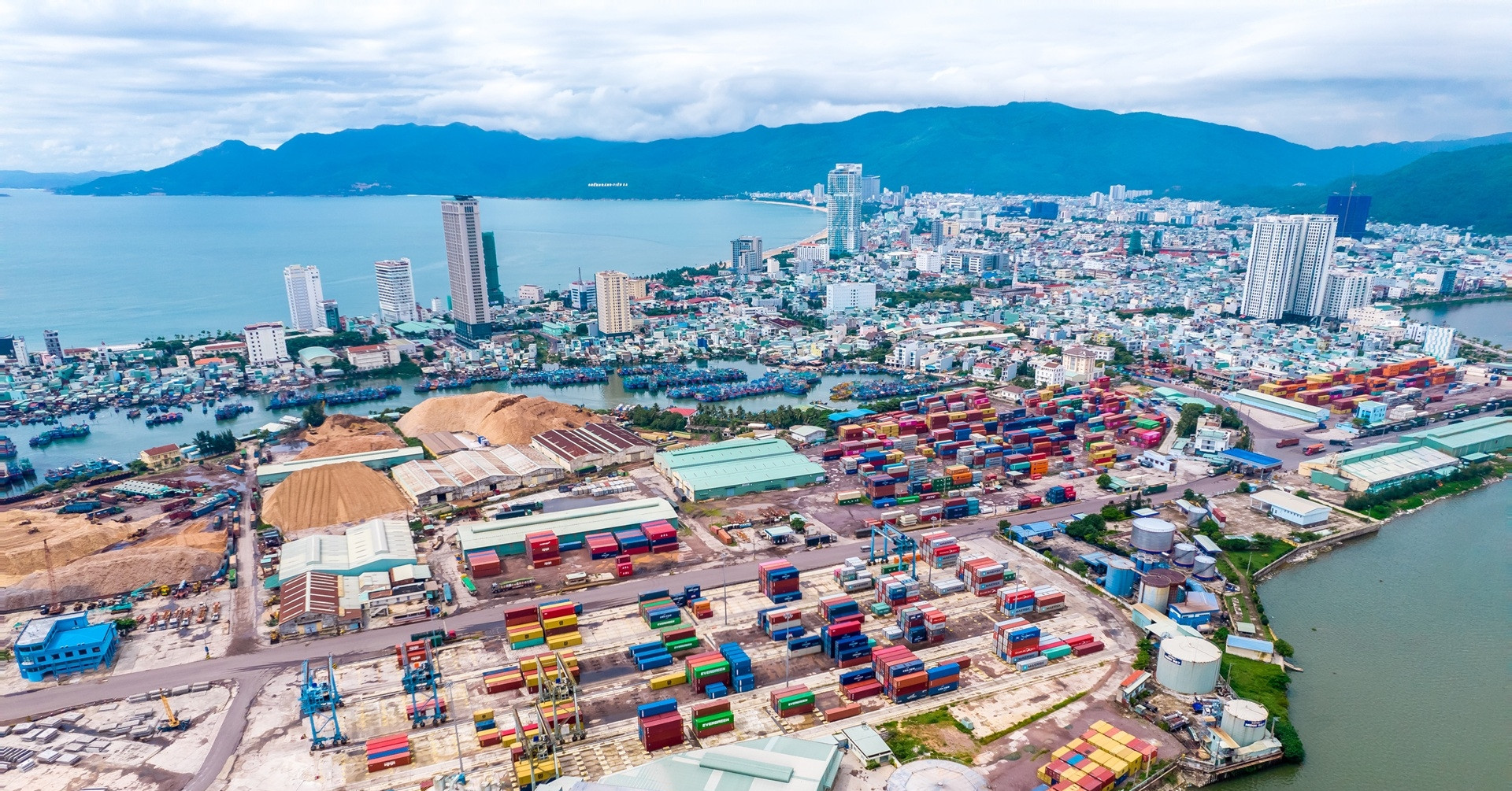


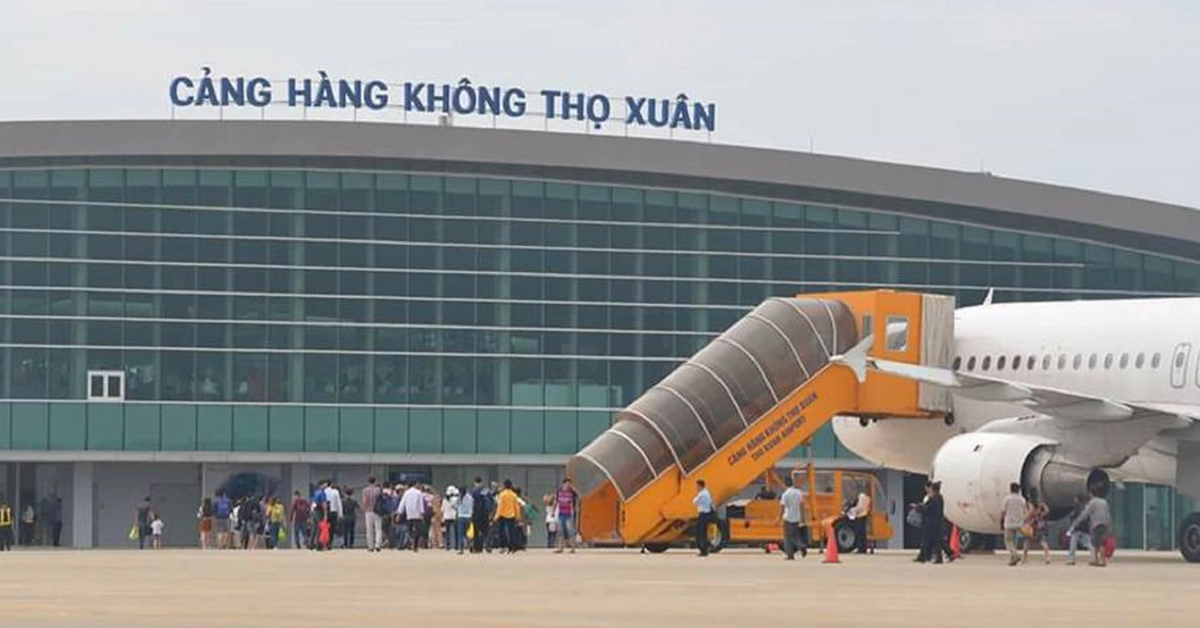

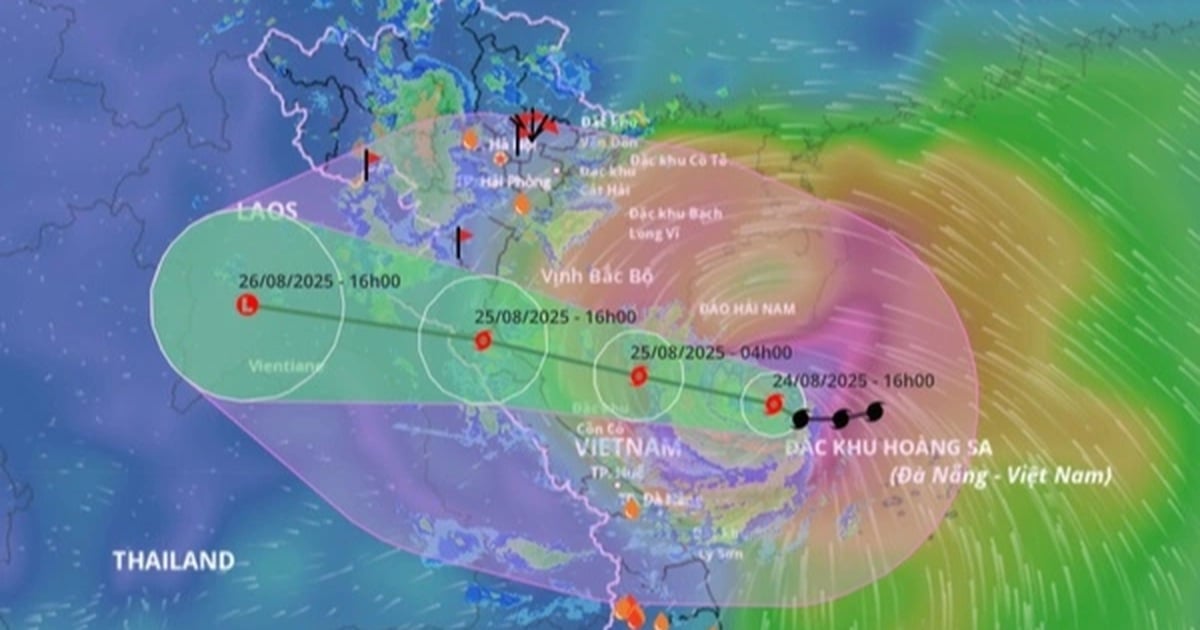















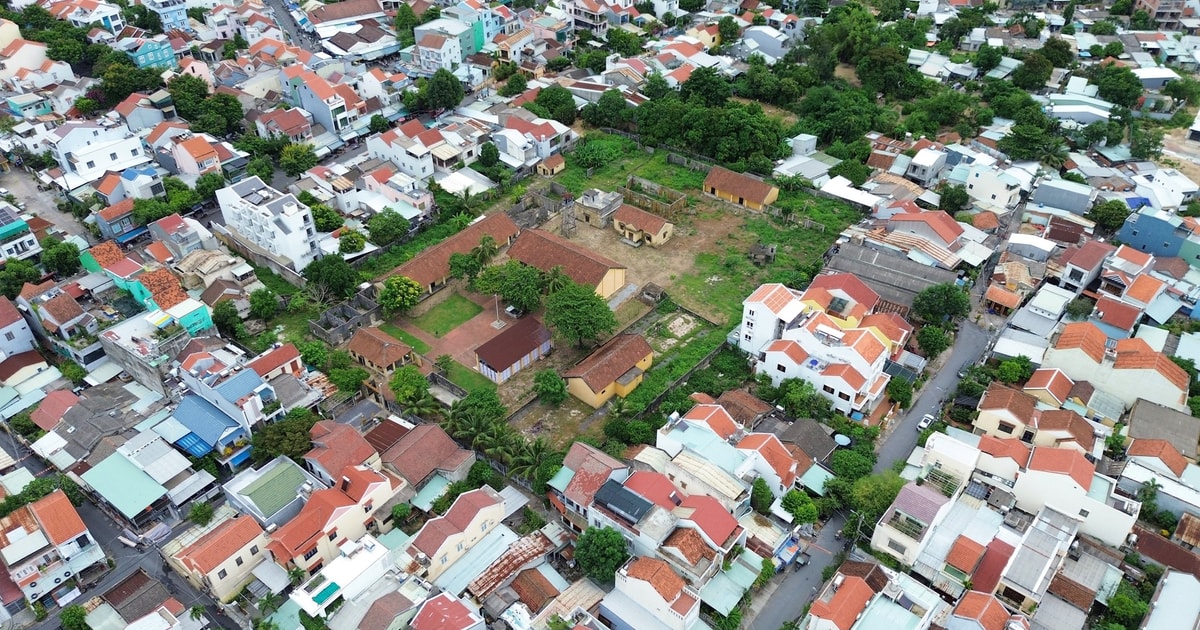



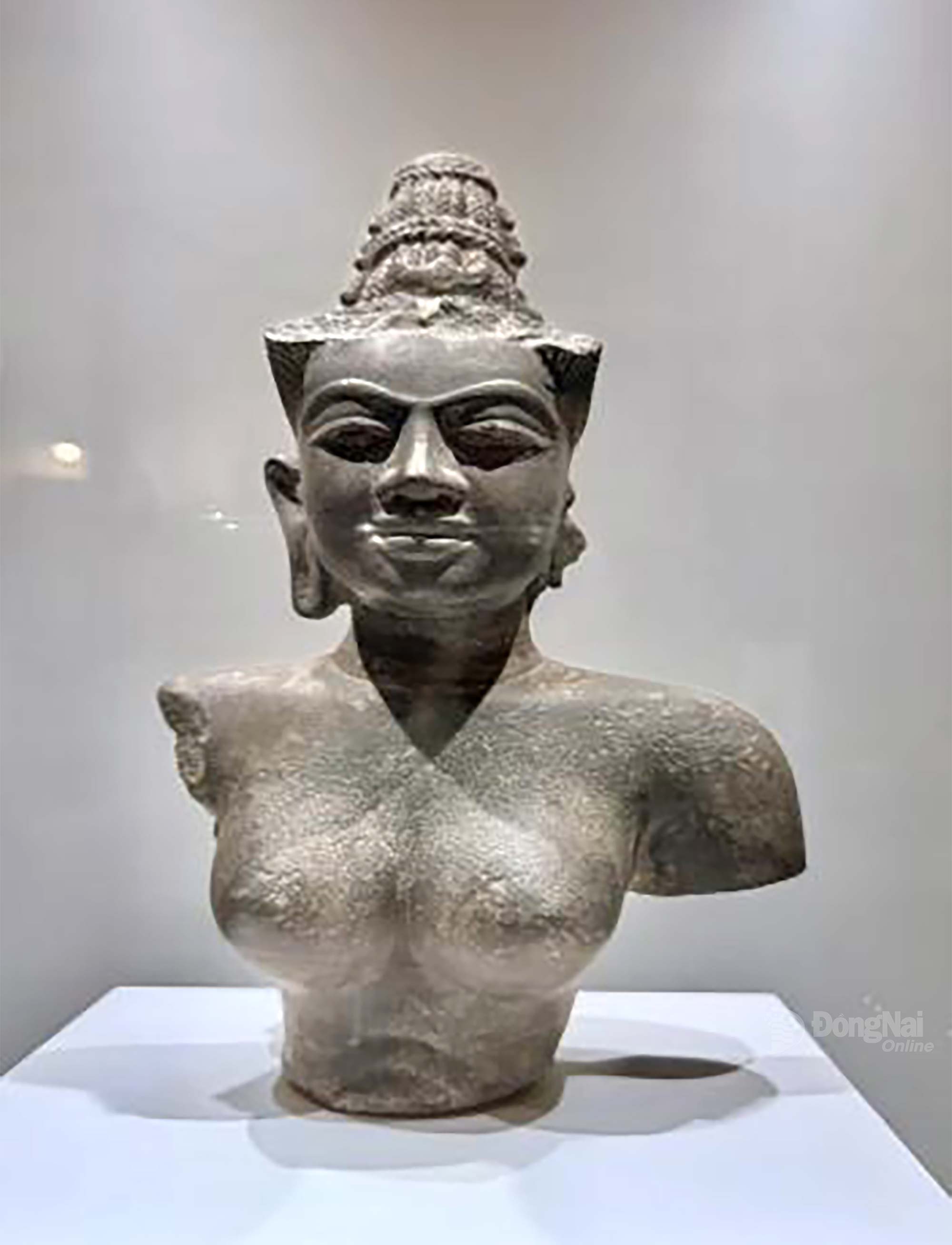





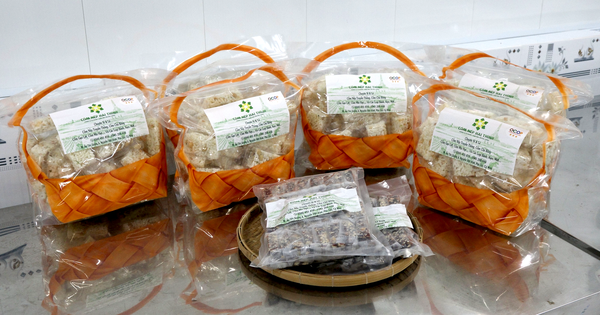




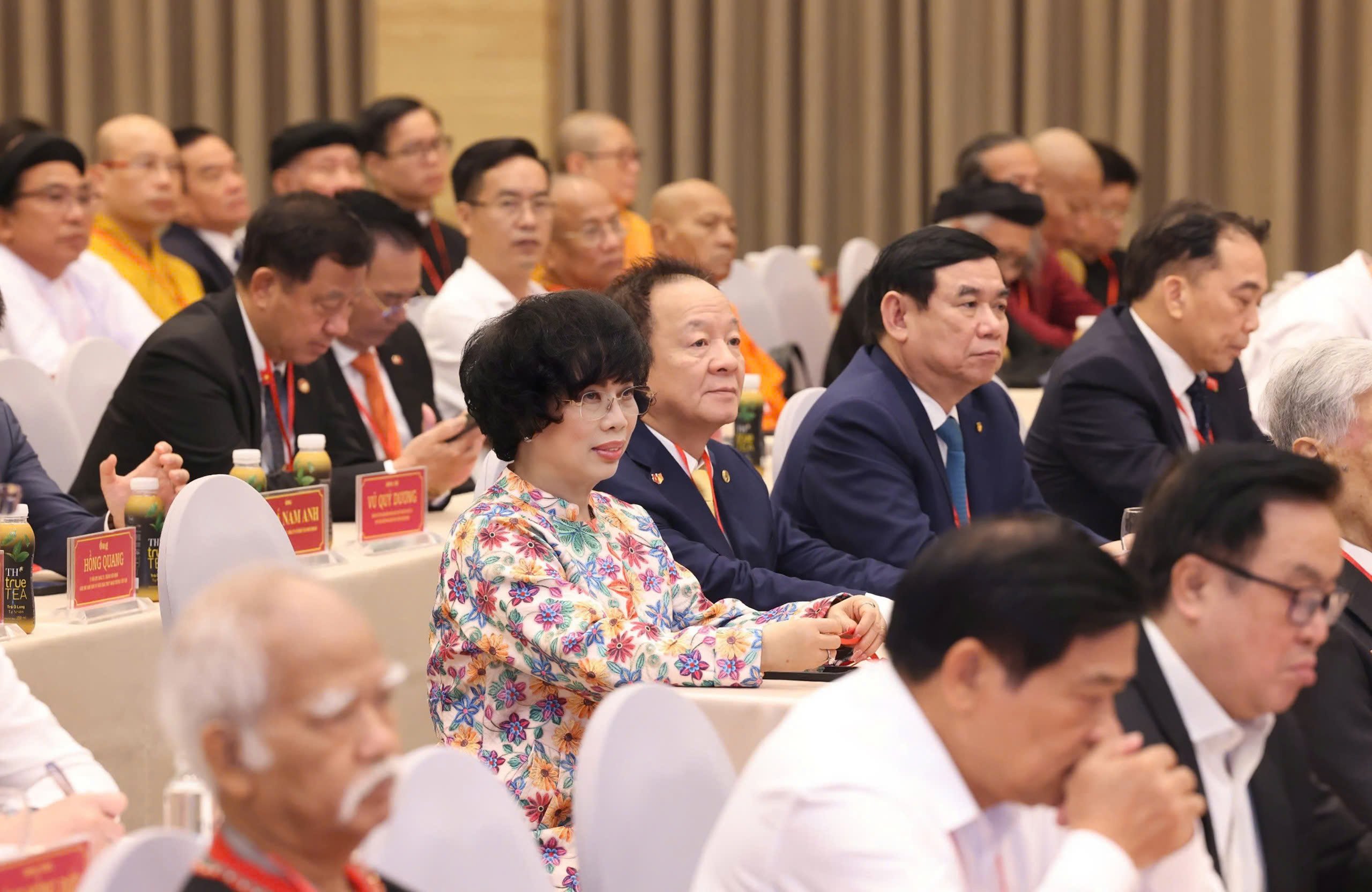




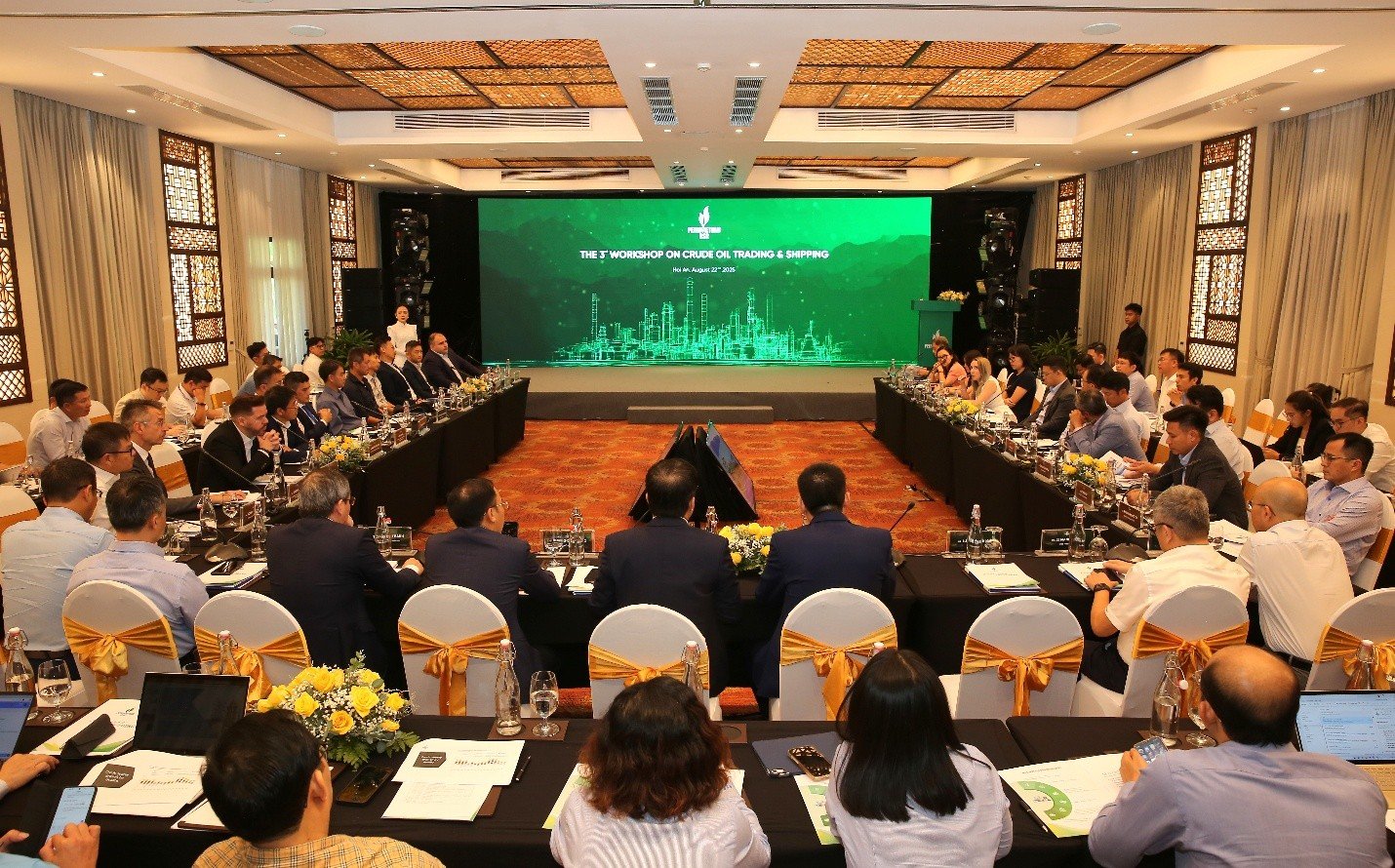
![[E-Magazine] Petrovietnam – Strong steps to realize the “Epochal Transformation”](https://vstatic.vietnam.vn/vietnam/resource/IMAGE/2025/8/25/e745baade70f4e1e96f5314f65eac658)
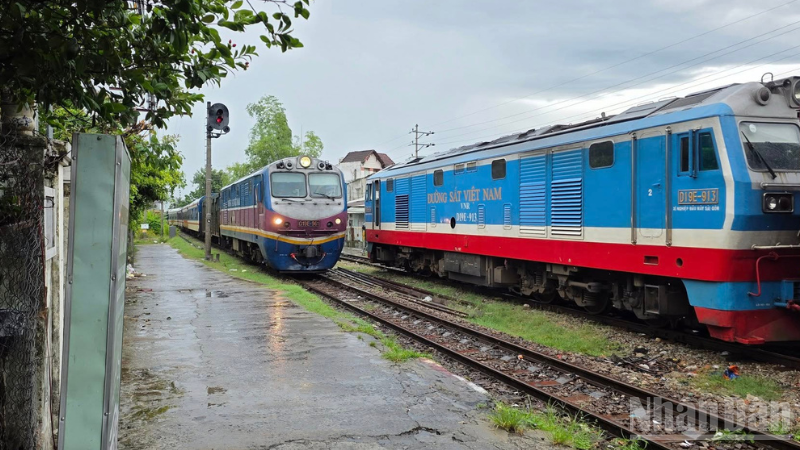


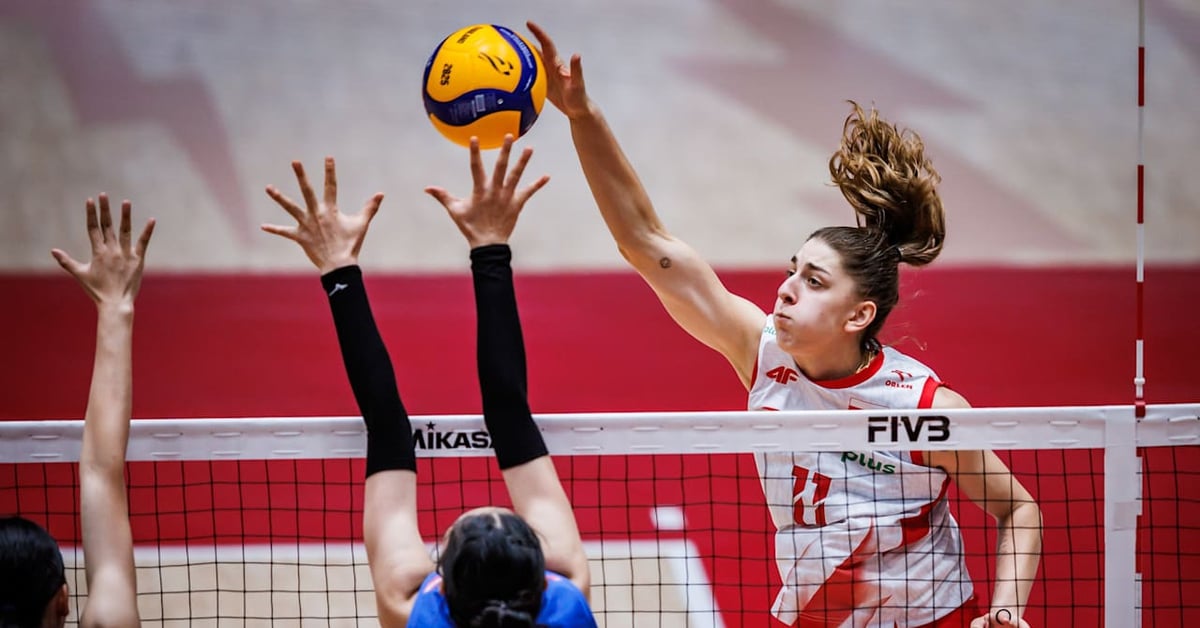



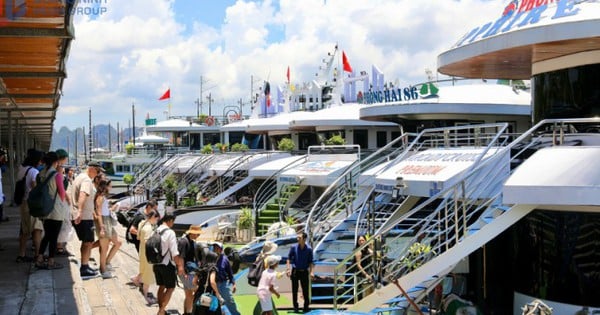



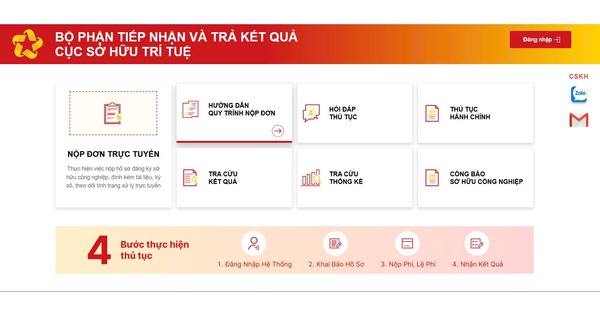

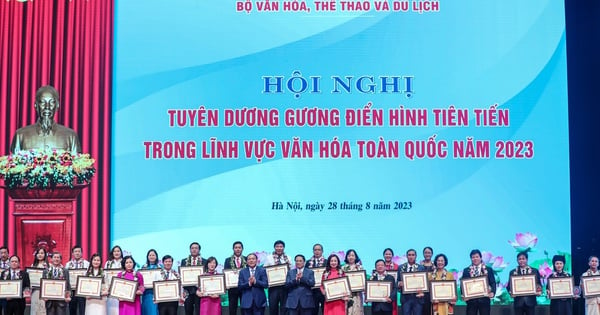
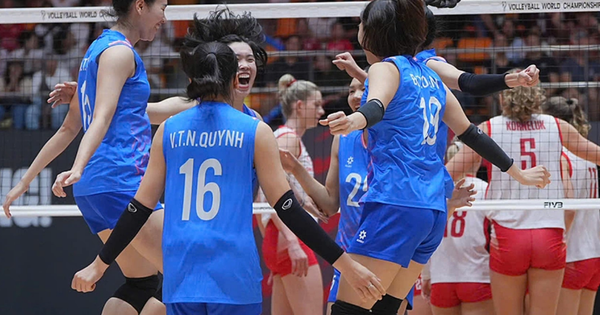




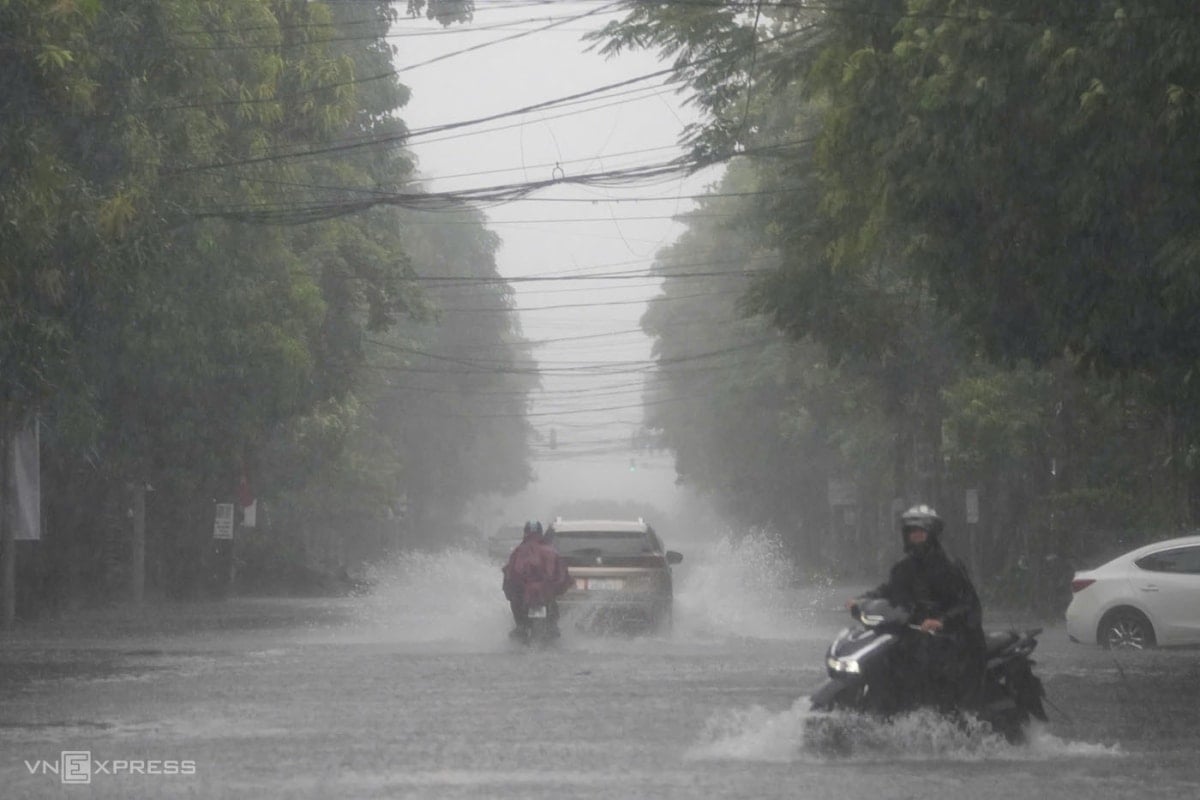

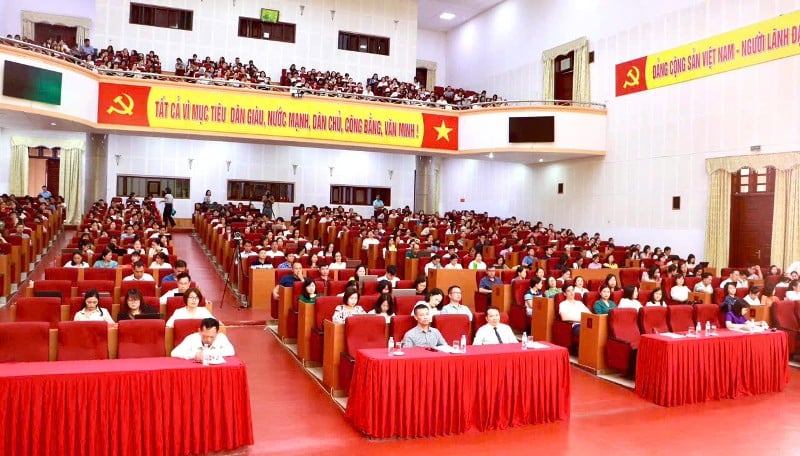




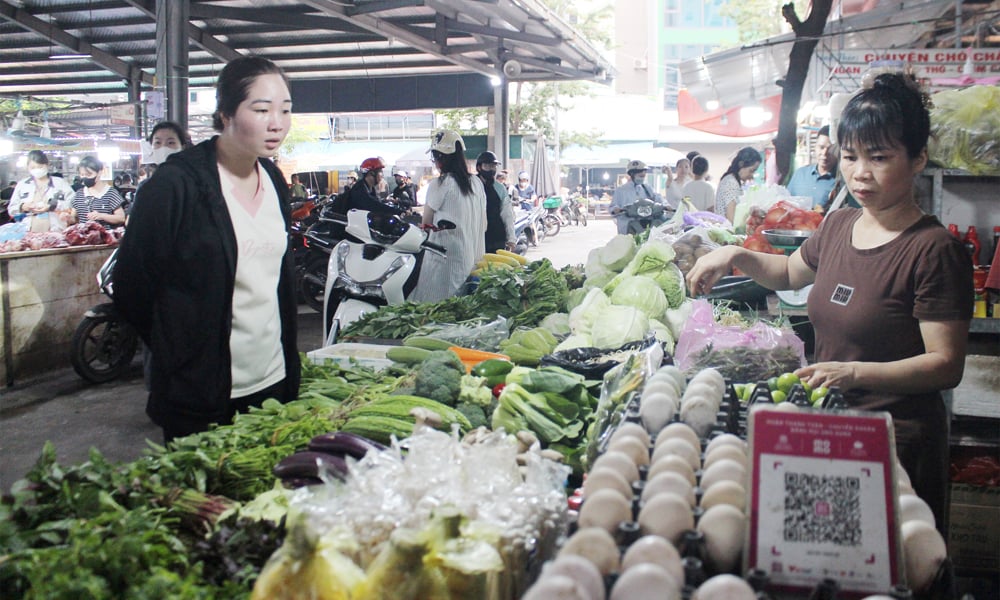

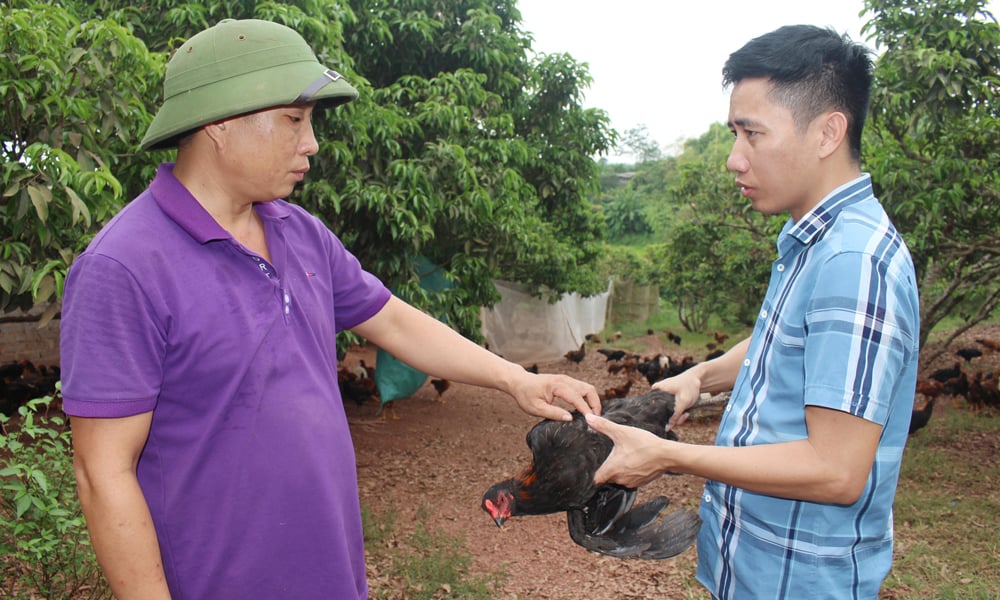












Comment (0)